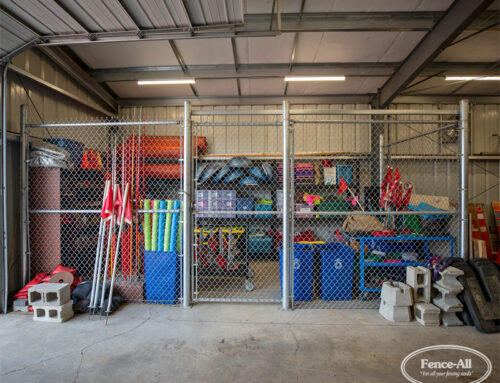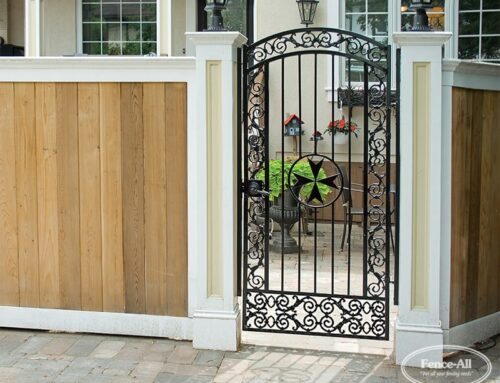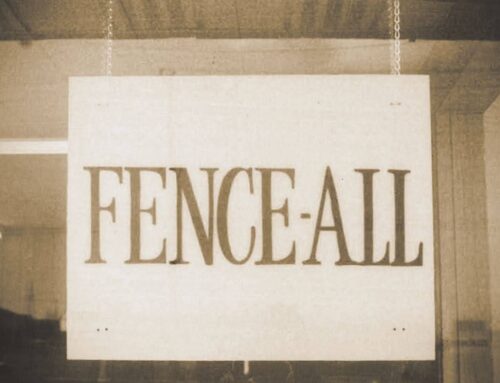No ifs, ands, or buts on this one: it definitely matters. Your fence should not touch the ground, especially in winter climates like we enjoy here in Canada.
What’s the problem?
There are more than a few issues with a fence that touches the ground. For wood the moisture in the ground will encourage rot much earlier than would otherwise be the case. For chain link, the mesh will get pulled down towards the ground after a heavy winter. For any fence, the posts will tend to heave because the ground and panel act as one, putting stresses on the frame that the fence was never meant to bear.
What’s the solution?
Between the posts, a fence should be a few inches above the ground. For yards that are relatively flat this isn’t much of a problem. For yards with large changes in grade, there are a number of different ways to handle it.
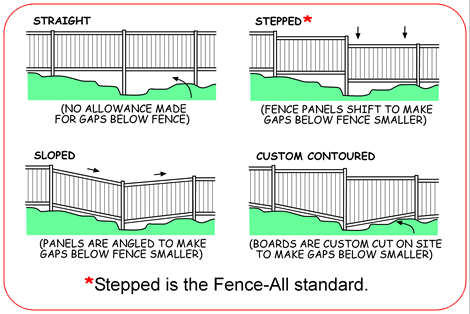
There are a number of different ways to handle sharp changes in grade.
Is there anything I can do to cover the space?
Yes! We offer under fence gap protection for wood and iron fences. For wood, boards are installed in the ground that do not connect to the fence.
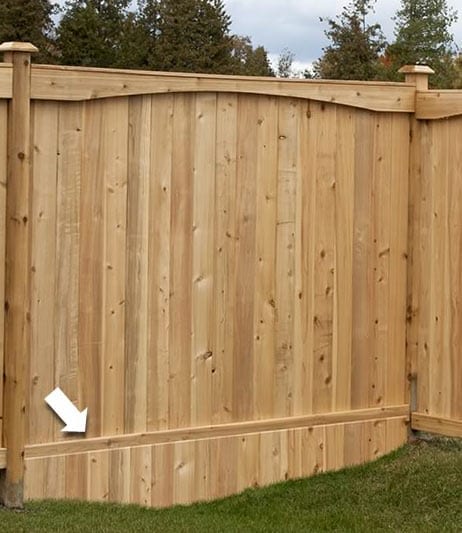
Wood gap protection is not directly fixed to the fence so heaving is not a problem.
For iron, we provide picket inserts that drop to the ground covering the gap in a safe way that accommodates any play in the ground through the seasons.

Iron picket inserts fall to the ground to cover the gaps beneath the fence.
More questions?
If you have more questions about fences we’re happy to answer them. Call 613-736-1122 or hit the chat button on the right during business hours.




